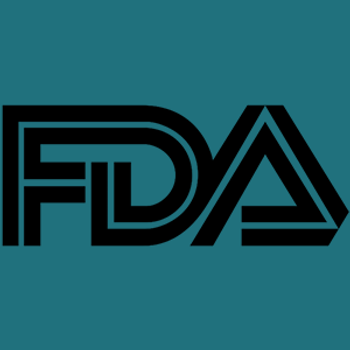
Carol Miao, PhD, on Using UMGD to Target Liver Sinusoidal Endothelial Cells
The principal investigator at Seattle Children’s Research Institute discussed her lab’s work on using ultrasound mediated gene delivery to target hemophilia A.
This is the second part of an interview with Carol Miao, PhD. For the first part,
“[T]hat's one of the benefits of UMGD—significantly that not very many vectors, including viral vectors, were able to target liver sinusoidal endothelial cells. [UMGD] I think, is one of the very few technologies that can do that.”
Several FDA-approved gene therapy treatments are currently available for the treatment of hemophilia. All of these therapies utilize an adeno-associated virus (AAV) vector-based gene addition approach: the AAV vector primarily traffics to the hepatocytes and inserts a functional gene for the deficient protein—factor VIII (FVIII) in the case of hemophilia A. Although this can effectively turn the hepatocytes into factories for the production of the protein, it stands in contrast to how these proteins are naturally produced in healthy patients. Under normal conditions, FVIII is produced by liver sinusoidal endothelial cells.
Because AAV vector-based gene therapy carries several important limitations, such as the ineligibility for use in patients with preexisting antibodies to the AAV capsid and the inability to be redosed in the event of a drop in efficacy over time, research into new delivery methods for genomic medicines is ongoing. One such method is ultrasound mediated gene delivery (UMGD), which is being explored for the potential treatment of hemophilia A by the lab of Carol Miao, PhD, a principal investigator at Seattle Children’s Research Institute.
At
REFERENCES
1. Lawton SM, Chao TY, Zhang F, et al. Optimization of fluoroscopy guided ultrasound mediated gene delivery in canines for sustained FVIII expression. Presented at: ASGCT Annual Meeting 2024, May 7-10; Baltimore, Maryland. Abstract #422
Newsletter
Stay at the forefront of cutting-edge science with CGT—your direct line to expert insights, breakthrough data, and real-time coverage of the latest advancements in cell and gene therapy.

















































